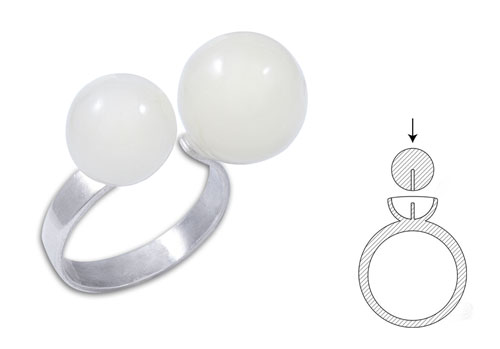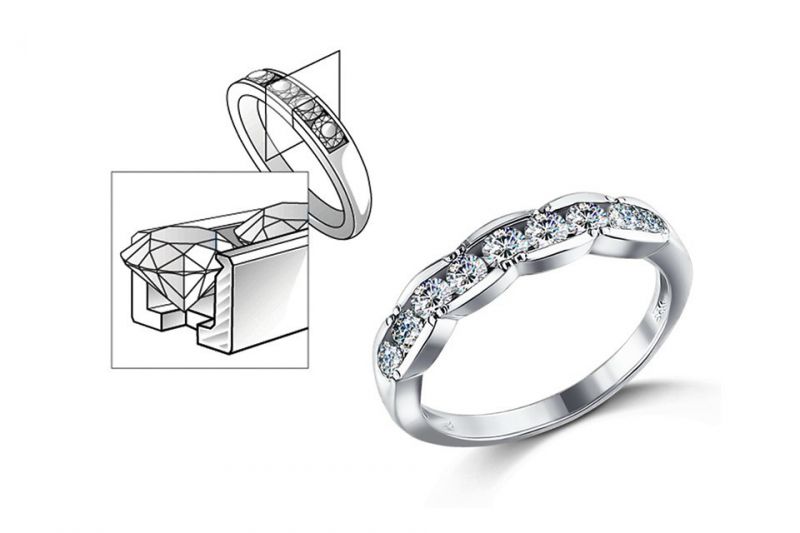Ways of Fastening Jewelry Stones
The art of setting gemstones in jewelry is a crucial aspect of the crafting process, defining the quality, durability, and aesthetic appeal of each piece. There are several methods from ukrburshtyn.com for setting stones in jewelry, each with its own advantages and characteristics. Let's explore some of them:

- Prongs: This method of setting is commonly used for stones with large facets, such as diamonds. The stone is held in place by metal prongs that grip it from multiple sides, ensuring a secure and stable setting.
- Bezels: Bezels involve creating a metal rim or border around the stone to hold it in place. This method provides excellent protection for the stone and can accommodate various shapes and sizes.
- Channels: In the channel setting, stones are placed in a groove or channel cut into the metal of the jewelry piece. The stones are then secured in place by folding or hammering the metal over them, creating a smooth and flush surface.
- Pave: Pave setting involves setting small stones closely together, covering the entire surface of the jewelry piece. The stones are held in place by tiny beads or prongs, creating a continuous sparkle and shimmer.
- Tension: Tension setting is a modern technique where the stone is held in place by the tension of the metal band. The stone appears to float within the setting, creating a sleek and minimalist look.
- Claw: Claw settings, also known as prong settings, use metal claws or prongs to hold the stone in place. This method allows for maximum exposure of the stone, allowing light to pass through and enhance its brilliance.
- Gypsy: In a gypsy setting, the stone is set into a hole drilled into the metal of the jewelry piece. The metal is then hammered over the edges of the stone, securing it in place and creating a smooth, seamless surface.

Regardless of the chosen method, it is crucial for stone settings to be executed professionally and securely to ensure the quality and longevity of the jewelry piece. Each of these methods has its advantages and is suitable for different types of stones and jewelry styles. The choice of a specific setting method depends on individual preferences and the requirements of the design, as well as the technical capabilities of the jeweler.
- Printer-friendly version
- Login to post comments
- Login to post comments

